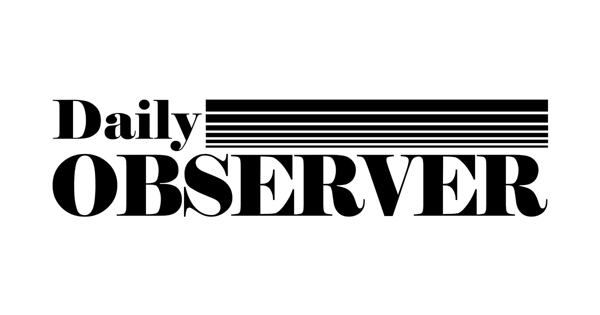
The Hidden Price of Exclusion: Why the Gender Digital Gap Is Costing Liberia—and Sub-Saharan Africa—Billions | Commentaries
As the world accelerates into the digital age, one glaring gap threatens to hold entire nations back. In Liberia—and across much of Sub-Saharan Africa—millions of women and girls are being left behind, excluded from the digital economy. This isn’t just a missed opportunity. It’s a billion-dollar mistake.
A 2021 report by the Alliance for Affordable Internet (A4AI), The Costs of Exclusion, estimates that seven West African countries—Burkina Faso, Côte d’Ivoire, Ghana, Mali, Niger, Nigeria, and Senegal—lost a combined $18.4 billion in GDP in 2020 due to the gender digital divide. In these countries, women are 30.4% less likely to use the internet than men.
Women without access to mobile phones and the internet are locked out of critical economic pathways. Without access to mobile banking and digital financial tools, they struggle to save, borrow, or invest in businesses. Their exclusion from e-commerce limits market access, keeping them confined to local economies. A lack of digital connectivity prevents them from obtaining timely and essential information that could boost productivity in agriculture, health, and commerce.
They also miss out on digital skills that open the door to higher-paying jobs in a modern economy. And perhaps most critically, their absence from the digital landscape stifles innovation, shrinking the pool of ideas, talent, and contributions that drive national growth.
This is more than inequality. It’s an economic bottleneck. When half the population can’t fully participate in the digital economy, everyone pays the price.
Zoom out, and the numbers are even starker.
Across 32 low- and middle-income countries the gender digital divide contributed to $1 trillion in lost GDP over the last decade, including $126 billion in 2020 alone and $24.7 billion in lost tax revenue — that according to the A4AI, ICT Works, and Development Aid.
What’s more, the GMSA (Global Mobile Systems for Communication) reports that in Sub-Saharan Africa, women are 36% less likely than men to use mobile internet, leaving over 200 million women offline and disconnected from economic and educational opportunities.
If that gap were closed by 2030, said the GSMA Mobile Gender Gap Report, Africa’s mobile industry alone could gain an additional $60 billion in revenue, a projection that does not even account for the broader boost to national productivity, tax collection, and innovation that would accompany a more digitally inclusive workforce.
Liberia ranks 95th out of 100 countries in global gender gaps for internet access, according to the A4AI. Men are 49% more likely to be online. The reason? Affordability. A single smartphone, the cheapest one, can cost 40% of the average monthly income. For women—who earn less and often lack decision-making power—this is an impossible barrier.
But access to smartphones and the internet are only part of the story. Without digital skills, women are shut out of meaningful work, entrepreneurship, and networks of opportunity. Rigid gender roles, institutional bias, and deeply embedded social norms make exclusion structural. The result? Lower productivity, lower wages, and less innovation.
What happens when women are empowered digitally? In Liberia, closing the gender gap in education, skills, and access could increase women’s contribution to economic activity, according to the World Bank, from 34.8% to over 53%.
Across the continent, UNESCO reports that doubling the share of women in the tech workforce by 2027 could add USD $664 billion to global GDP, unlocking a wave of social and economic advancement
The stakes are clear: every year that women remain digitally excluded, nations forfeit billions—revenue that could fund schools, hospitals, infrastructure, and the next generation of innovators.
This is no longer a question of charity. It’s smart economics. Liberia—and Africa—must act. Gender-responsive digital policies must be grounded in evidence and targeted at the specific barriers women face. Expanding rural infrastructure, lowering device costs, and improving access are critical steps. Equally important is building a pipeline of digital literacy and STEM education for girls and women at all levels of their academic journey.
This must be matched with collaborative partnerships among governments, telecom companies, civil society organizations, and the private sector. Long-term change will also require sustained efforts to reshape social norms and strengthen women’s agency and autonomy in digital spaces.
Will Liberia invest in women’s digital inclusion and unlock untapped national prosperity—or keep paying the hidden tax of exclusion?
This is not just about access. It’s about opportunity. Dignity. And progress.
As long as millions of women remain offline, disconnected, and disenfranchised, Liberia—and much of Sub-Saharan Africa—will continue to fall short of its potential. But with bold policy and shared purpose, the continent can turn this gap into growth—and exclusion into empowerment.
The world is watching. The time to act is now.

